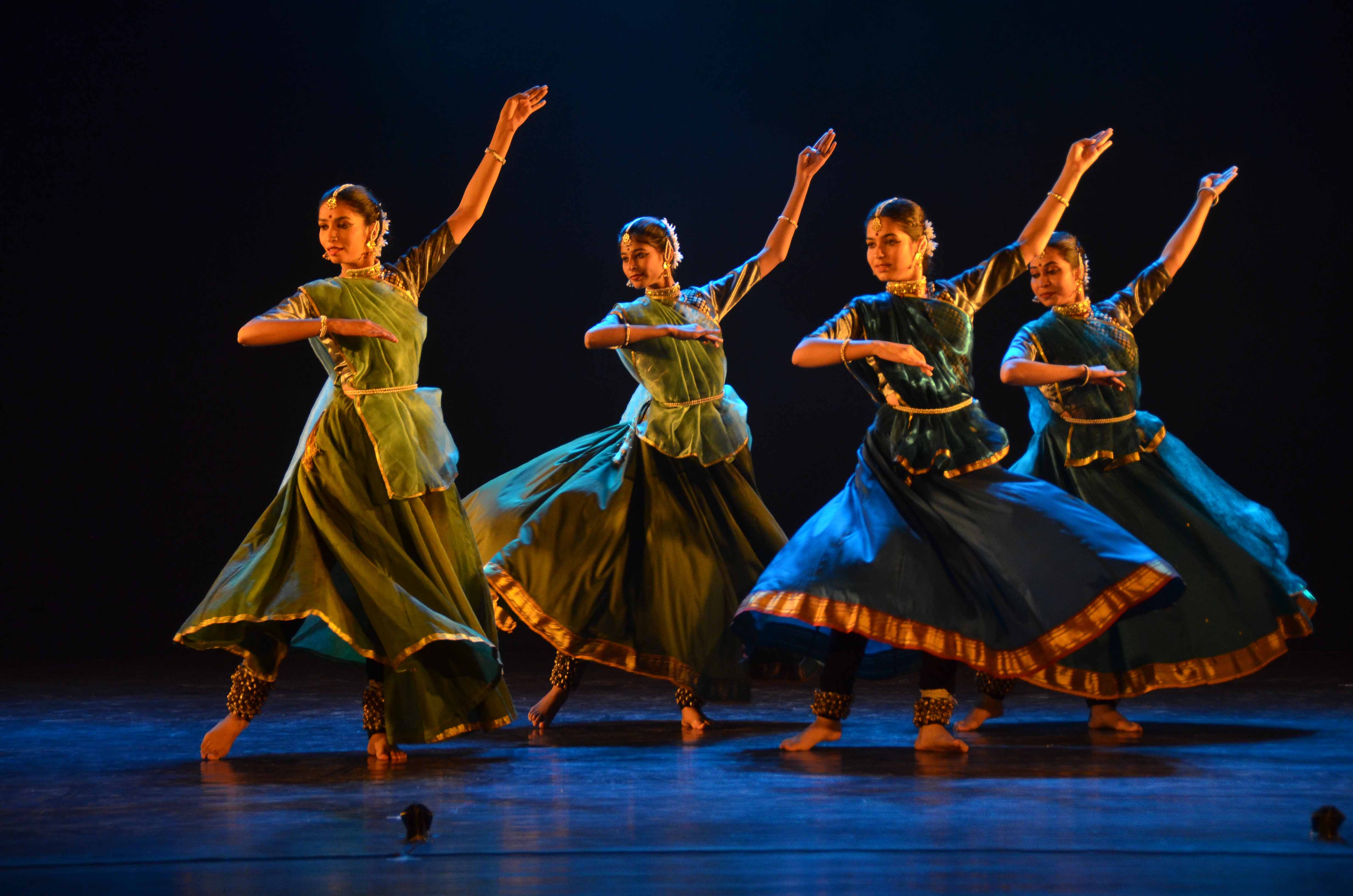
Dance is a performing art form that involves the movement of the body in response to music, rhythm, or expression. It is a universal language that has been practiced by humans for thousands of years, and it can take many different forms, including ballet, contemporary, hip-hop, jazz, tap, folk, and cultural dances.
It can be used for a variety of purposes, such as entertainment, socialization, ritual, and self-expression. It can also be used as a form of exercise, therapy, or education.
The movements can be choreographed or improvised, and they can be performed alone or in groups. dancers use a variety of techniques and skills, such as balance, flexibility, strength, coordination, and musicality, to create dynamic and expressive performances.
Dance has played an important role in many cultures throughout history, and it continues to evolve and adapt to changing social and artistic contexts. Today, dance is a popular form of entertainment and recreation, and it is studied and performed around the world.
History
Dance has a long and rich history that dates back to ancient civilizations. Here is a brief overview of the history of dance:
- Ancient Civilizations: Dance has been a part of human culture for thousands of years. The earliest evidence of dance dates back to ancient civilizations, such as Egypt, India, China, and Greece. In these cultures, dance was often used for religious or ceremonial purposes, such as fertility rituals, harvest festivals, and spiritual ceremonies.
- Middle Ages: During the Middle Ages, dance continued to be an important part of European culture. It was often performed at social gatherings, such as feasts, weddings, and tournaments. Dance was also used as a form of entertainment in royal courts.
- Renaissance: During the Renaissance, dance became more formalized and codified. Ballet, a highly stylized and technical form of dance, emerged in Italy and later spread to France and other parts of Europe. Ballet became a symbol of aristocratic culture and was often performed in royal courts.
- 19th century: In the 19th century, ballet became more accessible to the general public, and new forms of dance, such as modern dance and folk dance, emerged. Dance also became more diverse, with new styles and techniques being developed by dancers and choreographers.
- 20th Century: In the 20th century, dance continued to evolve and expand. New forms of dance, such as contemporary dance, hip-hop, and jazz dance, emerged. Dance also became more interdisciplinary, with dancers and choreographers incorporating elements of other art forms, such as theater, visual arts, and technology.
Today, dance is a vibrant and diverse art form that is practiced and enjoyed by people all over the world. It continues to evolve and adapt to changing social and artistic contexts, reflecting the creativity, passion, and diversity of human culture.
Types of Dance
There are many different types of dance, each with its own unique style, techniques, and cultural significance. Here are some of the most popular types of dance:
- Ballet: A highly technical and elegant form of dance that originated in Italy during the Renaissance and later developed in France and Russia. Ballet is characterized by its graceful movements, precise technique, and flowing lines.
- Modern Dance: A contemporary form of dance that emerged in the early 20th century as a reaction against the strict rules and conventions of ballet. Modern dance emphasizes freedom of movement, expression, and experimentation.
- Jazz Dance: A lively and energetic form of dance that originated in the African-American communities of the United States. Jazz dance is characterized by its syncopated rhythms, improvisational style, and intricate footwork.
- Tap Dance: A rhythmic and percussive form of dance that originated in the United States. Tap dance is characterized by its distinctive sound, created by metal taps attached to the heels and toes of the dancer's shoes.
- Hip-Hop Dance: A street dance style that originated in the United States in the 1970s. Hip-hop dance is characterized by its energetic and improvisational style, and it often incorporates elements of music, fashion, and urban culture.
- Folk Dance: A traditional form of dance that reflects the culture and history of a particular region or community. Folk dances are often performed at social gatherings, festivals, and cultural events.
- Flamenco: A passionate and expressive form of dance that originated in Andalusia, Spain. Flamenco is characterized by its intricate footwork, hand clapping, and percussive body movements.
- Belly Dance: A Middle Eastern dance form that emphasizes fluid and graceful movements of the torso and hips. Belly dance is often performed to traditional Middle Eastern music and is known for its sensual and hypnotic quality.
- Contemporary Dance: A genre of dance that emerged in the mid-20th century and combines elements of ballet, modern, and jazz dance. Contemporary dance is characterized by its versatility, expressiveness, and experimentation.
- Irish Step Dance: A traditional form of dance that originated in Ireland. Irish step dance is characterized by its quick, precise footwork, high kicks, and intricate patterns.
General:
Posted Using InLeo Alpha